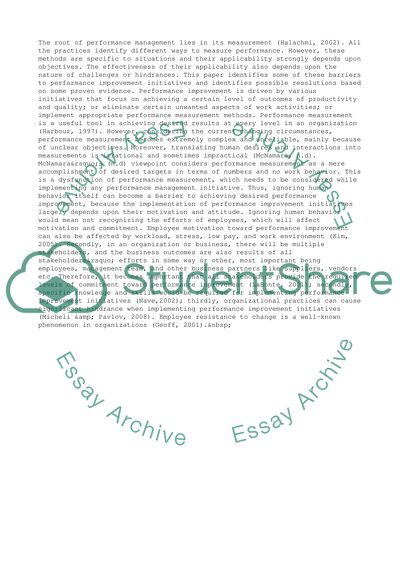Cite this document
(“Operation Management: Challenges in Performance Improvement Research Paper”, n.d.)
Operation Management: Challenges in Performance Improvement Research Paper. Retrieved from https://studentshare.org/management/1474062-operation-management-essay
Operation Management: Challenges in Performance Improvement Research Paper. Retrieved from https://studentshare.org/management/1474062-operation-management-essay
(Operation Management: Challenges in Performance Improvement Research Paper)
Operation Management: Challenges in Performance Improvement Research Paper. https://studentshare.org/management/1474062-operation-management-essay.
Operation Management: Challenges in Performance Improvement Research Paper. https://studentshare.org/management/1474062-operation-management-essay.
“Operation Management: Challenges in Performance Improvement Research Paper”, n.d. https://studentshare.org/management/1474062-operation-management-essay.


